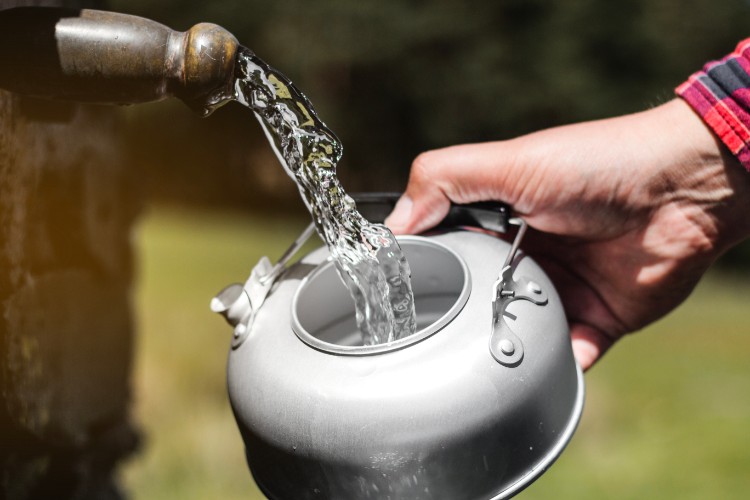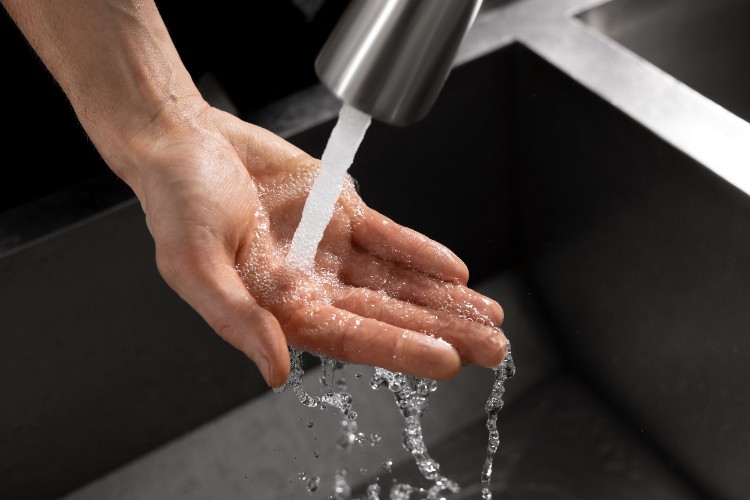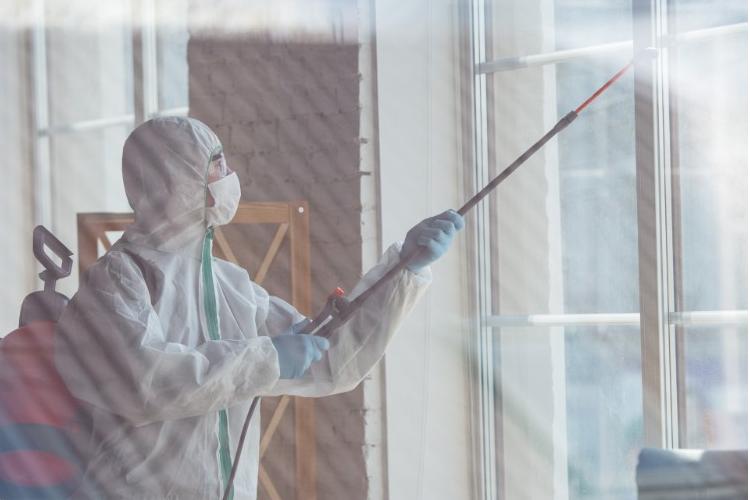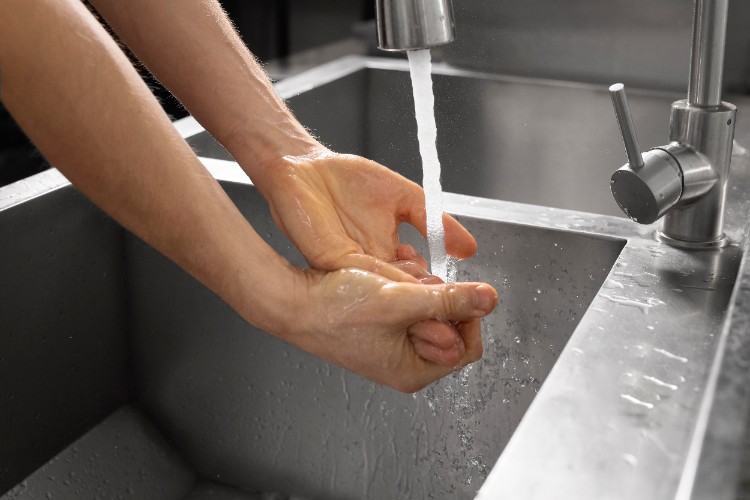What Does Hypochlorite Do?
Introduction – Why We Care About Hypochlorite
We’ve spent years working with sodium hypochlorite. It’s not just a chemical to us—it’s the backbone of safe drinking water and modern sanitation. Most people know it as the active ingredient in household bleach, but in the water industry, it’s our go-to solution for keeping pathogens out of drinking water.
Our expertise lies in On-Site Hypochlorite Production, meaning we create sodium hypochlorite exactly where it’s needed. This avoids the risks of chlorine gas transport, ensures fresh and active disinfectant, and protects communities.
But to truly appreciate why we focus on sodium hypochlorite generators, let’s answer the core question: What does hypochlorite do?

1. What Does Hypochlorite Do?
Hypochlorite is a powerful chlorinated disinfectant. Its main job is to kill harmful microorganisms in water, on surfaces, and in equipment. The form we use most is sodium hypochlorite NaClO—a liquid solution created from salt, water, and electricity.
When dissolved, sodium hypochlorite forms hypochlorous acids. These acids quickly penetrate microbial cell walls, destroy their structures, and neutralize them. It works on bacteria, viruses, and even some stubborn protozoa.
Why Sodium Beats Other Options
Yes, there’s also calcium hypochlorite in powder form. It’s used in some emergency or remote situations. But we focus on sodium hypochlorite because:
· It’s easier to dose and mix in water
· On-site production eliminates storage hazards
· Fresh solutions maintain full disinfection strength
2. Hypochlorite in Water Treatment
Water treatment plants rely on sodium hypochlorite for one simple reason—it works. Whether for municipal drinking water or industrial process water, hypochlorite safeguards water quality by eliminating pathogens before they reach consumers.
We typically use a 5.25 sodium hypochlorite solution in treatment applications. This balance ensures strong microbial control while minimizing unwanted chemical by-products.
The Chemistry in Action
1. Sodium hypochlorite dissolves in water
2. It forms hypochlorous acid (HOCl)
3. HOCl oxidizes and destroys microorganisms
4. Treated water flows safely to taps

3. The On-Site Hypochlorite Production Advantage
Transporting chlorine gas or bulk sodium hypochlorite has serious safety and stability concerns. With On-Site Hypochlorite Production, we eliminate those risks.
Our sodium hypochlorite generators use simple inputs—salt, water, and electricity—to produce NaClO directly at the facility. No dangerous chemical transport, no long storage periods, and no loss of disinfectant strength.
Key Benefits We See Every Day
· Safety – no chlorine gas cylinders on site
· Freshness – high activity levels for maximum kill power
· Cost Savings – no hazardous transport fees
· Flexibility – produce what you need, when you need it
4. From Salt to Solution – How We Produce Sodium Hypochlorite
Our process is straightforward but incredibly effective:
1. Dissolve salt (NaCl) in water
2. Pass an electric current through the brine
3. Create sodium hypochlorite and sodium hydroxide
4. Store in corrosion-resistant tanks for immediate use
We monitor every stage to ensure the solution meets safety and quality standards.
Why Fresh Production Matters
Sodium hypochlorite degrades over time, especially in warm temperatures. Freshly produced batches maintain their disinfecting ability, which is critical for both public health and operational efficiency.
5. Hypochlorite in Public Health Protection
Hypochlorite has been a public health champion for over a century. By disinfecting drinking water, it has prevented countless outbreaks of cholera, typhoid, and other waterborne diseases.
We’ve seen sodium hypochlorite generators restore safe water after floods, earthquakes, and other disasters. When infrastructure is down, on-site production can be a lifesaver.
Applications Beyond Drinking Water
· Food processing sanitation
· Cooling tower water treatment
· Agricultural irrigation safety

6. The Effects of Sodium Hypochlorite on Surfaces
Beyond water, sodium hypochlorite is a powerful cleaner for surfaces. It breaks down organic compounds, removes stains, and eliminates microbial contamination.
We often use it for:
· Sanitizing food contact areas
· Cleaning storage tanks and pipelines
· Decontaminating public spaces during outbreaks
Speed and Effectiveness
Sodium hypochlorite acts within seconds on many pathogens. Its oxidative action is unmatched by most alternative disinfectants.
7. Handling Hypochlorite Safely
While sodium hypochlorite is incredibly useful, it’s still a hazardous material if mishandled. We follow strict personal protective guidelines:
· Wear gloves and goggles
· Use chemical-resistant containers
· Avoid mixing with acids like hydrochloric acid—this releases dangerous chlorine gas
Our Best Safety Practices
· Keep in cool, shaded storage areas
· Rotate stock frequently
· Use dedicated dosing equipment
· Train all staff on emergency response
8. Comparing Sodium and Calcium Hypochlorite
We focus on sodium hypochlorite generators because they’re safer and more efficient for continuous operations. Calcium hypochlorite is still useful in small, portable applications—but it requires more handling care and can leave residues.
Our experience shows that producing sodium hypochlorite on site is the optimal choice for most water treatment systems.
Bottom Line
If you have the infrastructure, go sodium and go on-site. It’s safer, fresher, and more cost-effective.

9. Why We Believe in Sodium Hypochlorite Generators
We’ve built our business around these systems for one reason—they make sense. The combination of safety, efficiency, and performance is unmatched.
Every time we see crystal-clear, safe water leaving a plant we’ve equipped, it reinforces our belief that sodium hypochlorite is the backbone of modern water treatment.
Our Mission
To deliver reliable, safe, and sustainable sodium hypochlorite generation solutions that protect public health worldwide.
Key Takeaways
· Hypochlorite disinfects, oxidizes, and safeguards water quality
· Sodium hypochlorite NaClO is the preferred form for continuous use
· On-Site Hypochlorite Production boosts safety and ensures freshness
· Proper handling and personal protective measures are essential
· Sodium hypochlorite generators are the future of water disinfection
